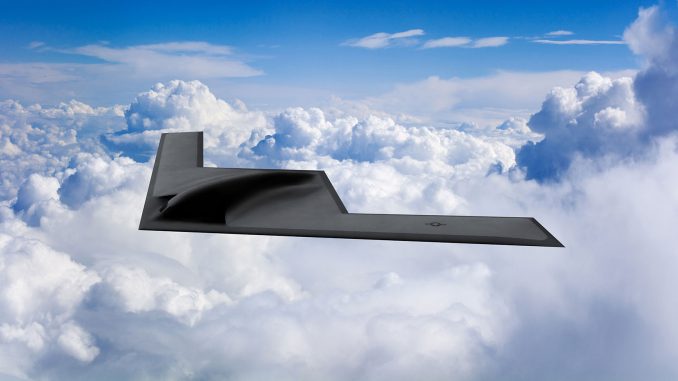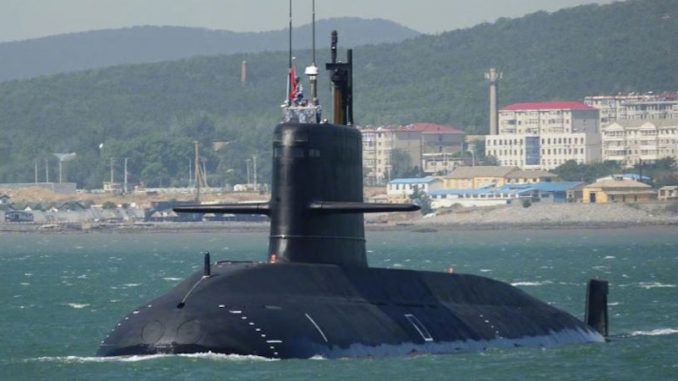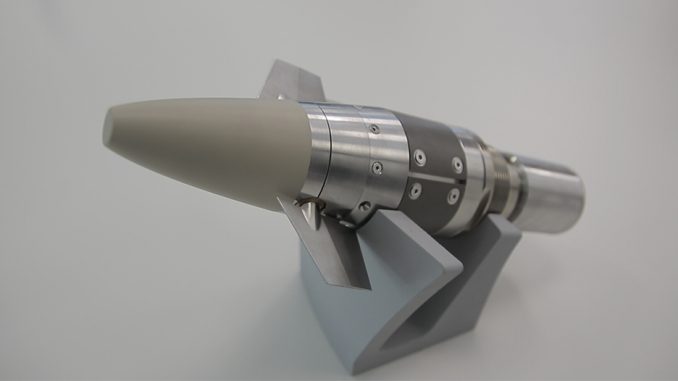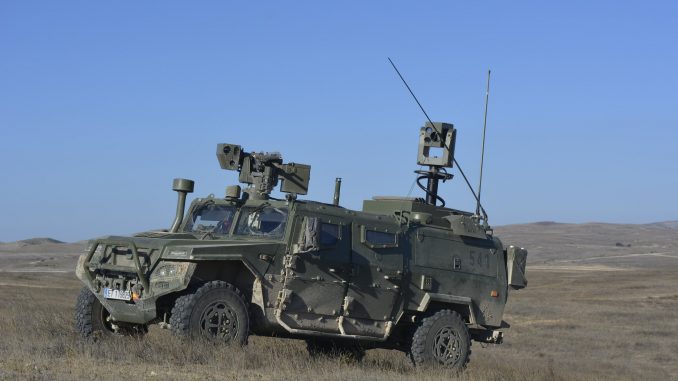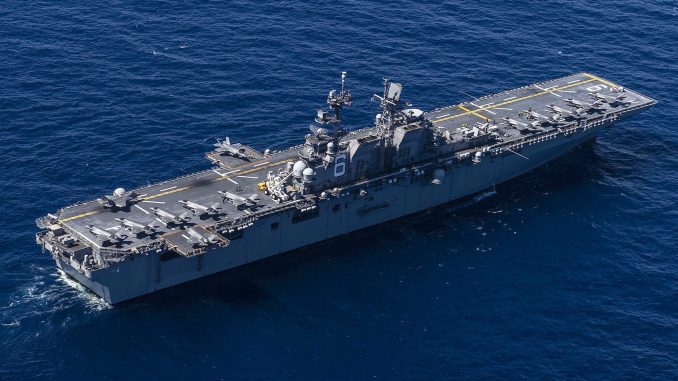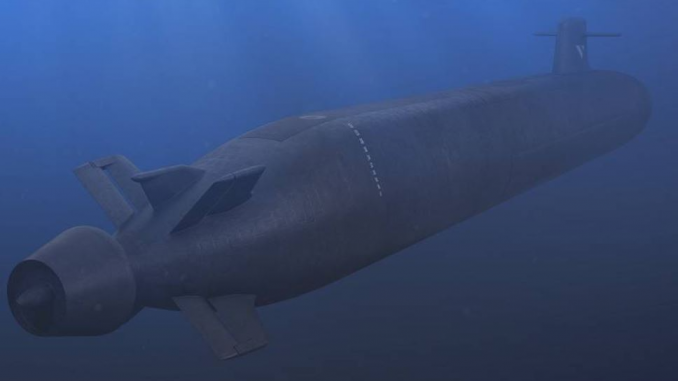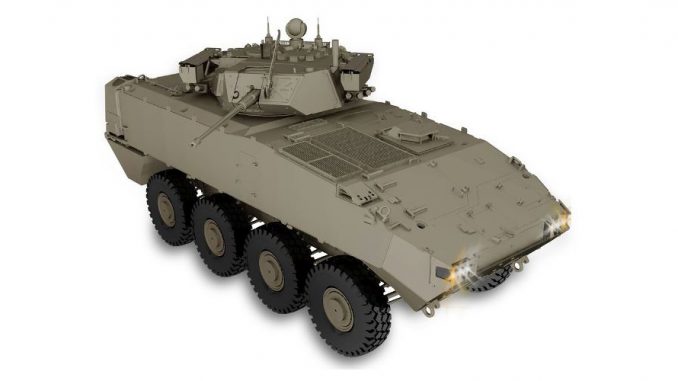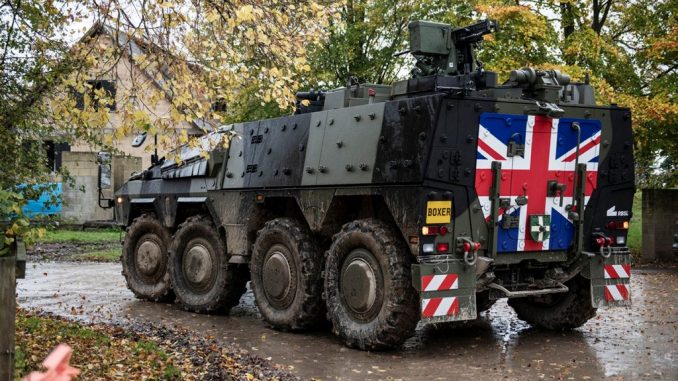Articles on Defense, Armament and Armed Forces are extensive, rigorous, independent and of proven quality.
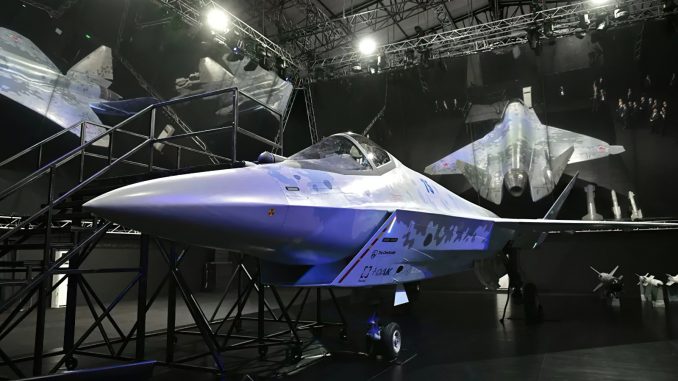
Sukhoi Su-75 Checkmate
In the last few hours, after days of enormous expectation and within the framework of the MAKS 2021 aeronautical fair, the Russian corporation United Aircraft Corporation (UAC) has presented the Sukhoi Su-75 Checkmate, a light fighter-bomber, supposedly fifth generation and with an evident export vocation. So far it is unknown where the funds that have allowed the very rapid implementation of this design came from, although the Russian Deputy Prime Minister, Yuri Borisov, has declared to reporters from the Interfax agency that it is being developed for a specific client. While speculation continues, in the following lines we will review both what is known about this device and the questions raised by its future. (Continue…) Dear reader, this article is exclusively for paying users. If you want to access the full text, you can subscribe to Revista Ejercitos taking advantage of our offer to [Keep reading…]

